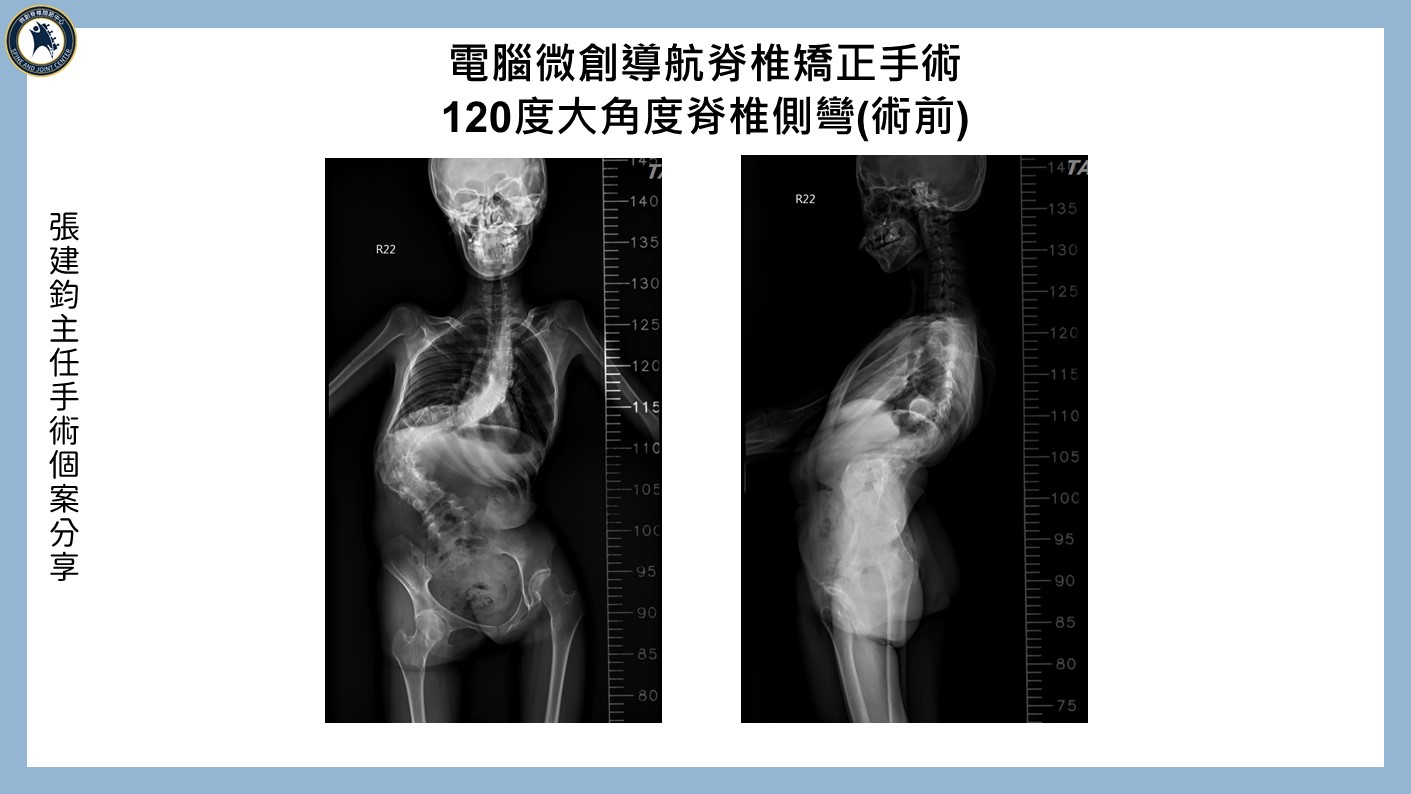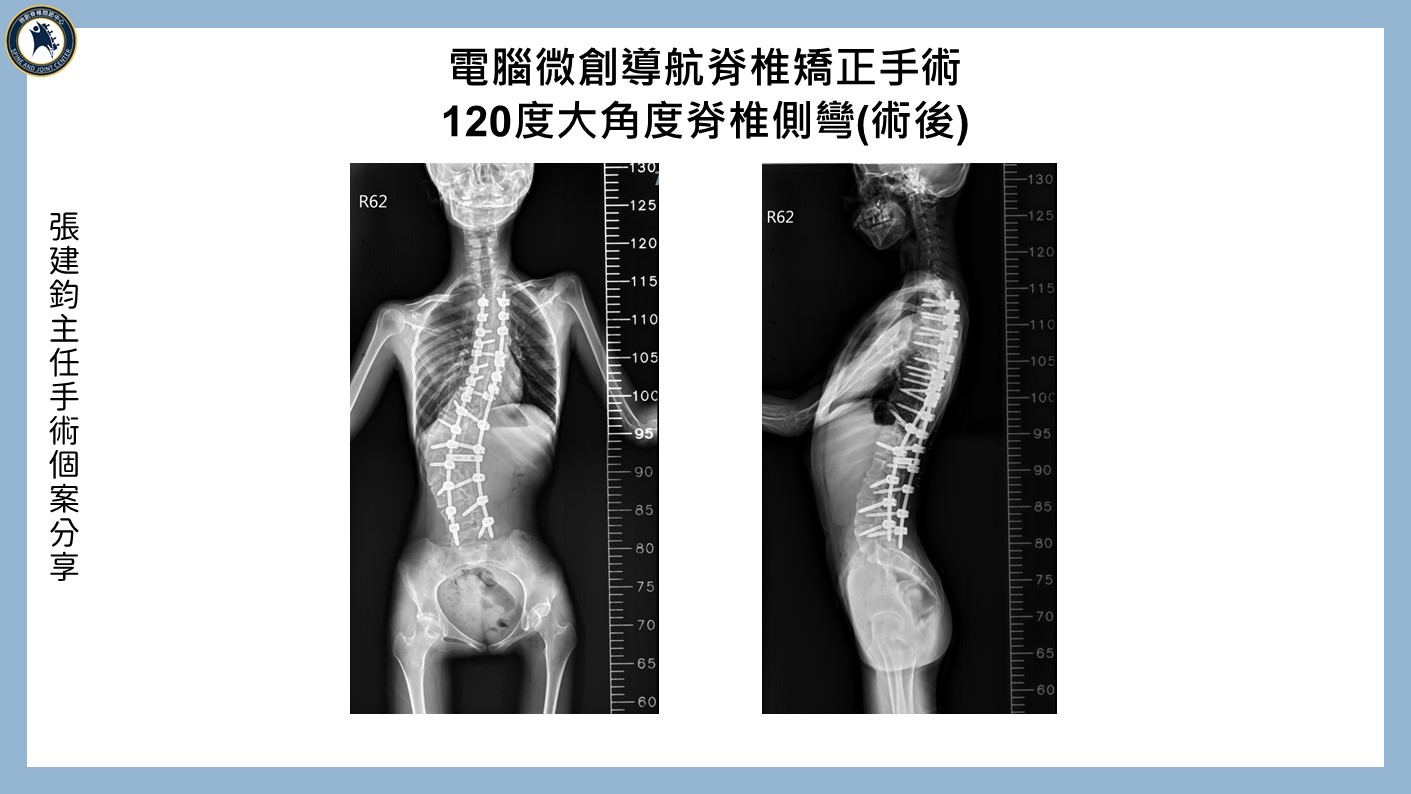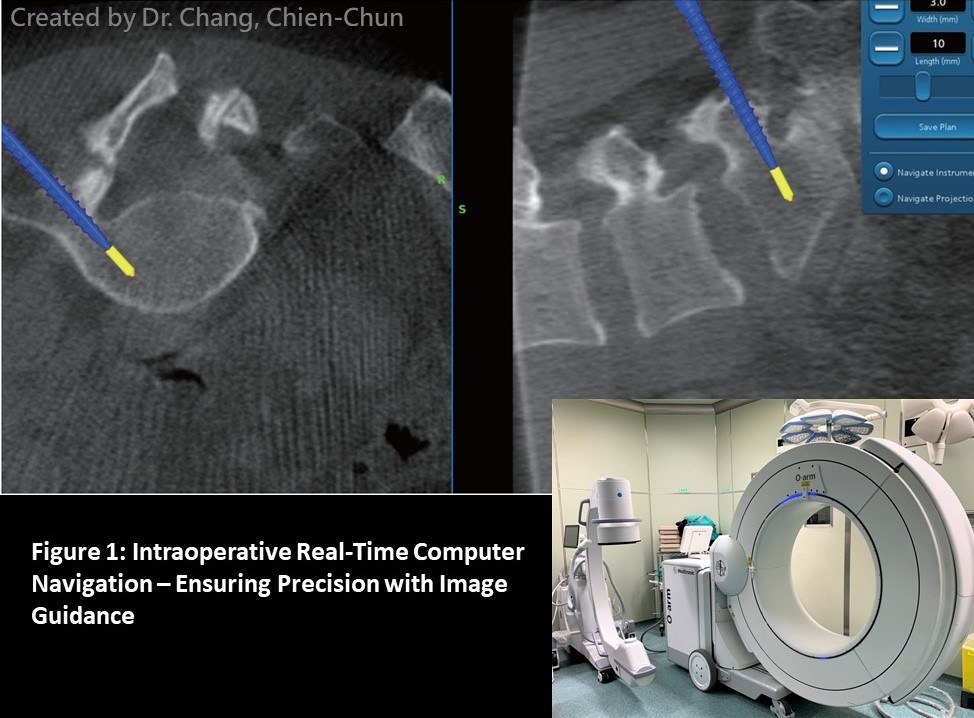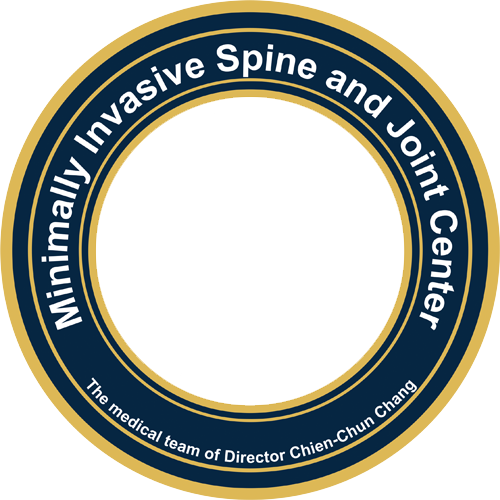Computer-Navigated Minimally Invasive Surgery: A New Hope for Severe Scoliosis Correction with Over 80% Postoperative Improvement
Scoliosis is a common spinal condition that, if left untreated, can lead to physical deformities, impaired cardiopulmonary function, and even impact daily life. Dr. Chang, Chien-Chun, Director of the Minimally Invasive Joint Center, shared a case of a 26-year-old patient diagnosed with severe scoliosis, with a spinal curvature of 126 degrees. After a thorough evaluation, Dr. Chang performed a computer-navigated spinal correction surgery, achieving a correction rate of over 80%, with the patient recovering well.


【Comparison of pre- and postoperative X-ray images.】
Spinal correction surgery was once considered a high-risk procedure. Traditional open surgery required extensive muscle tissue dissection, increasing tissue damage, surgical risks, and the likelihood of postoperative complications. However, with technological advancements, the Minimally Invasive Joint Center has introduced computer navigation technology combined with minimally invasive techniques, significantly enhancing the safety and precision of the procedure.
Stage of Scoliosis

Dr. Chang explained that computer-navigated spinal correction surgery utilizes real-time intraoperative 3D imaging to accurately place screws at the optimal angles and positions in the spine. This not only improves the correction rate but also minimizes the risk of nerve damage and reduces postoperative complications. Additionally, the minimally invasive approach results in smaller incisions, less blood loss, and faster recovery compared to traditional surgery.

Dr. Chang emphasized that scoliosis treatment requires individualized assessment based on the patient’s age, degree of curvature, and symptoms. He recommends seeking early medical attention if scoliosis is detected to prevent the condition from worsening. The Minimally Invasive Joint Center, with its extensive clinical experience and advanced medical equipment, is dedicated to providing high-quality medical care to patients.






